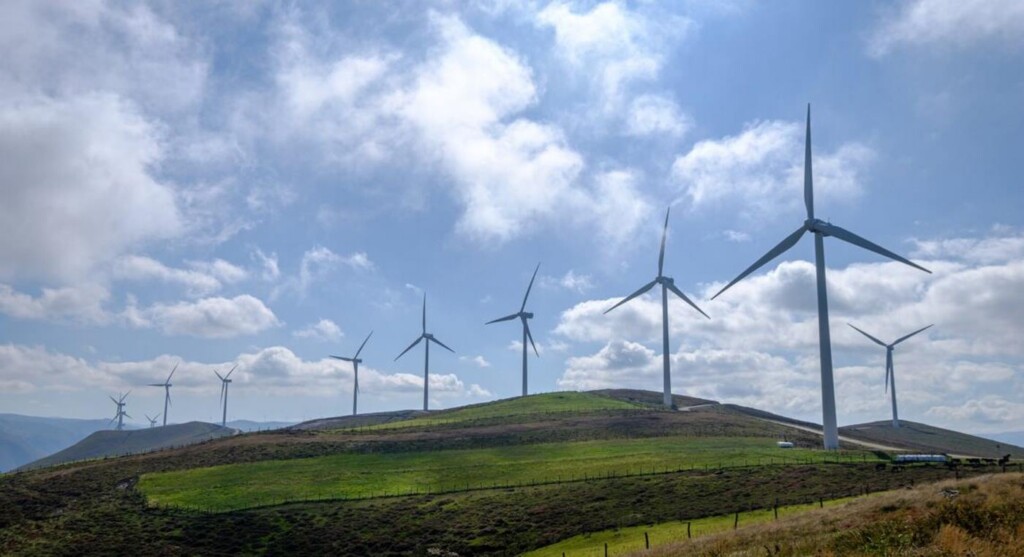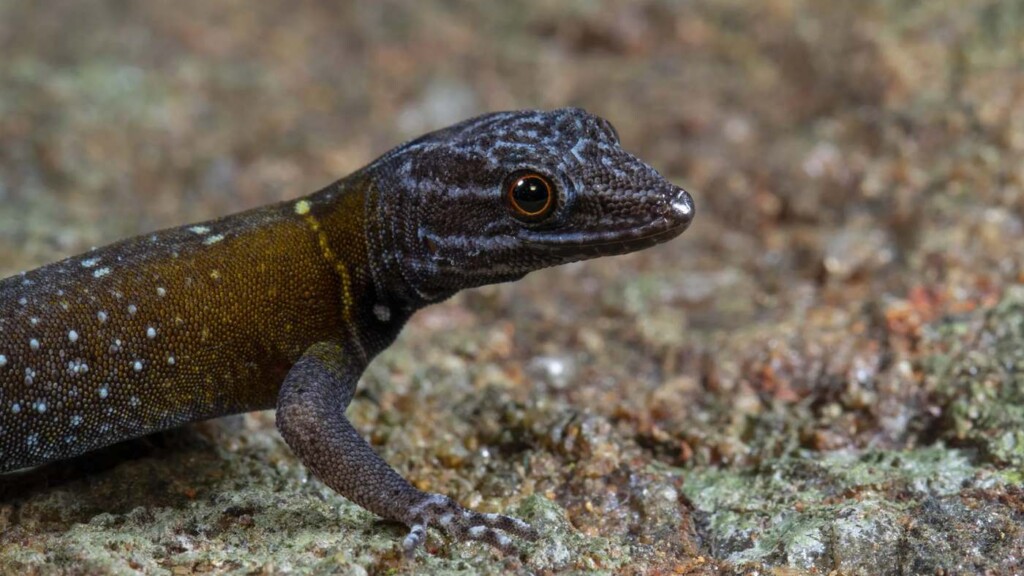
Irish wind turbines – David de la Iglesia Villar, marked CC License.
According to an energy think tank, Europe’s generation of 516.5 terawatt hours of renewable electricity in January and February satisfied 60% of overall power demand. The generation is a year-over-year gain of 12% from the same period in 2023, and was driven by strong year-on-year growth in hydro and wind, and a rebound in nuclear. Coinciding with this was a 12% year-over-year fall in the use of fossil fuels, with a 15% drop in energy from coal-fired power plants, the think tank Ember, reports. Contrary to the assumption that this is the work of solar farms and wind turbines, the two fastest growing sources across Europe, the strong performance was led by nuclear, which grew 4% y-o-y, and hydropower which at 17.2% of total continental power demand was the highest percentage share of hydroelectricity ever generated in Europe. Hydroelectricity use grew 23% y-o-y to 152 terawatt hours, led by Norway, France, Switzerland, and Portugal. This was six times the amount of Europe’s total solar power yield, which topped out at 24 TWh. Wind power generated an impressive 137.5 TWh of electricity during the first two months of 2024, up 14%. Several countries, like Ireland and Portugal, are recording single days or multi-day stretches in which a two-thirds majority or greater of their populations are using renewable energy entirely.Additionally, European countries are coming up with clever as well as ambitious ideas for how to integrate more green energy sources into their communties; epitomized by Liverpool’s steadily advancing plan to build the world’s largest tidal power project across the Mersey river delta.I ncredible 60% of Europe’s Electricity Was Powered by Clean Energy in the First Two Months of 2024:

